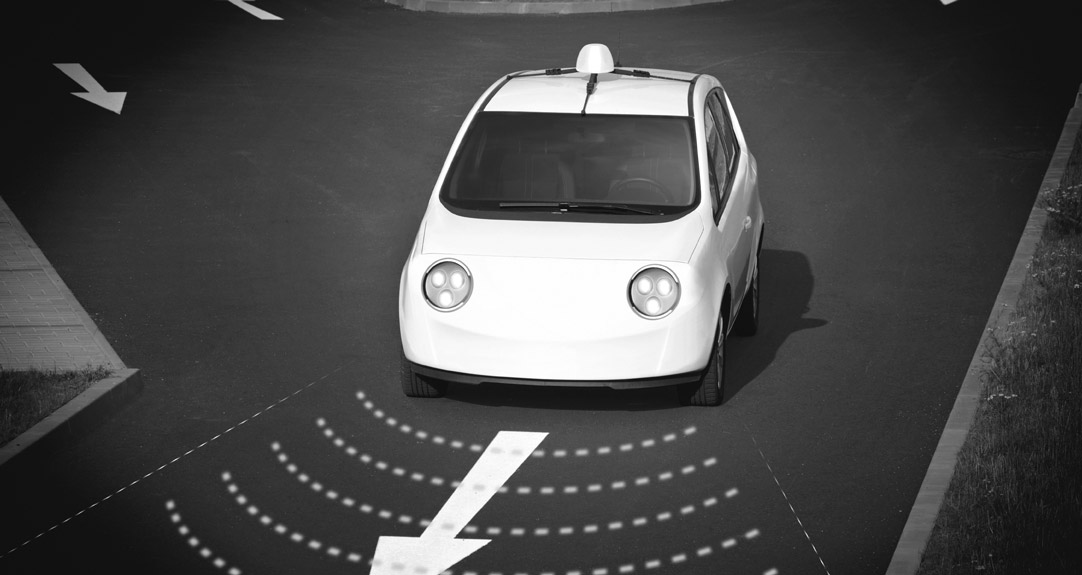Eyes to the Future
Your source for industry briefings and SOA news
April/May 2016SELF-DRIVING CARS TO HIT THE STREETS IN 10 YEARS
Reduced congestion. Fewer accidents. Electric power cutting pollution. A new video clip from Business Insurance gives viewers a look at the driverless car and subsequent questions about customer adoption and regulation.
Developers say the public will see real deployment of self-driving vehicles in the early 2020s, with full volume deployment by 2025. Insurance leaders contend this time frame gives actuaries three to five years to collect the data required to develop pricing and determine how claims would affect insurers.
Related Links
Google Self-Driving Car Team
Self-Driving Cars—Good for Seniors?
NEW DATA POINTS ON LONGEVITY
According to a recently published longitudinal cohort study in the online general medical journal BMJ Open, there can be reduced risk of premature death among retirees based on involvement with social groups. The study notes that people who maintained social interactions with groups after retiring had a lower risk of death in the six years following retirement. For instance, people with two social groups had a 2 percent risk of death, compared with a 12 percent risk for people who did not maintain social groups.
According to the Centers for Disease Control and Prevention (CDC), there is a longevity gap between the United States and other developed nations, due in part to deaths from car accidents, gun violence and drug use in the United States. The 2012 average life expectancy in several developed countries was 78.6 years for men and 83.4 years for women. In the United States, the life expectancy was 76.4 years for men and 81.2 years for women.
Thoughts of Retirement? Try this Social Security Calculator
In an attempt to keep workers from retiring and then discovering later that their Social Security benefits aren’t stretching far enough, the Consumer Financial Protection Bureau (CFPB) launched a free tool that can help consumers calculate monthly benefits before they take the plunge into retirement, as reported in the Chicago Tribune.
Try the CFPB calculator.
IBM, HEALTH CARE AND BIG DATA
The growing number of opportunities and developments with big data for health care is no surprise. Several publications wrote about IBM’s purchase of Truven Health Analytics, how this deal will impact health insurers, and the possibilities with predictive analytics in this industry and other fields. Consider reading the Plain Talk letter from SOA President Craig Reynolds, FSA, MAAA, about why actuaries are the right experts to lead predictive analytics in health care.
Additionally, a recent survey of the property and casualty industry found that insurers plan to increase their usage of predictive analytics during the next two years.

Important Pandemic Research Findings
With risks and concerns surrounding Zika virus outbreaks, it’s important to understand the likelihood of a pandemic coming to your area. Industry experts concur it’s a viable possibility.
The SOA provides a wealth of information on extreme events, pandemics and related insurance. Arm yourself with important facts and check out the studies listed below.
- Extreme Events for Insurers: Correlation, Models and Mitigation Study
- When Black Swans Aren’t: Holistically Training Management to Better Recognize, Assess and Respond to Extreme Events
- 2014 Emerging Risks Survey
- Potential Impact of Pandemic Influenza on the U.S. Health Insurance Industry
- Potential Impact of Pandemic Influenza on the U.S. Life Insurance Industry

